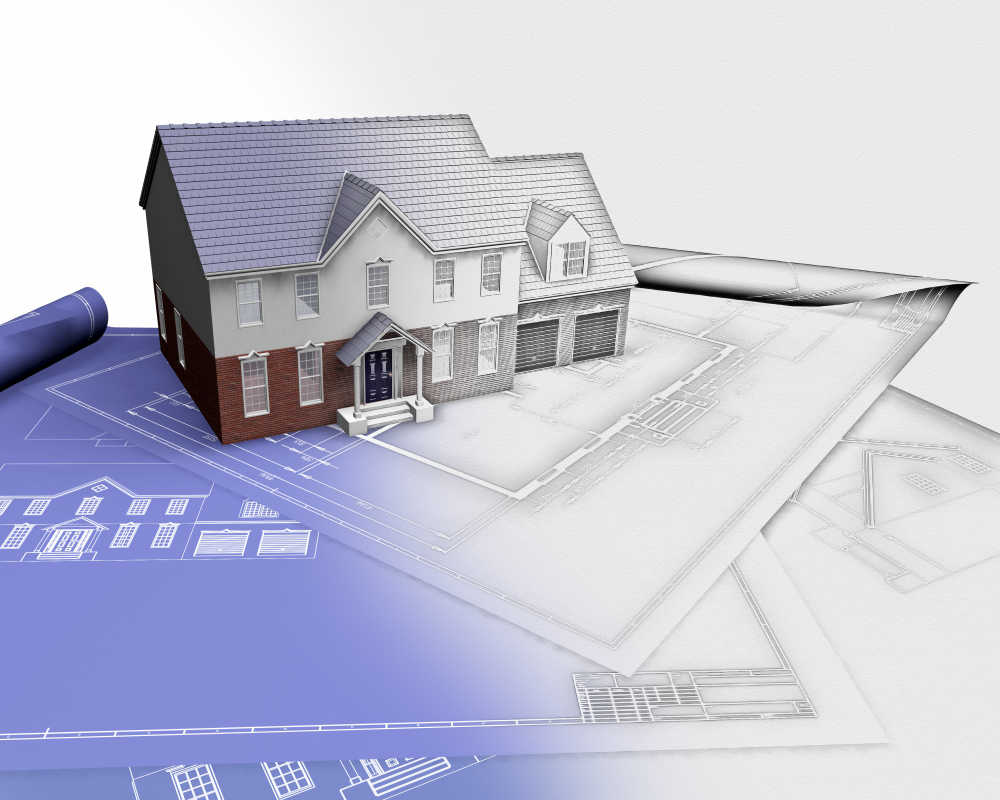HMOs, or houses in multiple occupations, are properties rented out to three or more people who are not from the same household but share essential amenities such as living, cooking, and convenience areas.
From House to Home: Creating Welcoming Spaces in HMO Architecture
HMOs, or houses in multiple occupations, are properties rented out to three or more people who are not from the same household but share essential amenities such as living, cooking, and convenience areas.
Because HMOs stand as epitomes of luxury and affordability, there are often common among the younger generation, students, and young professionals whose individualism make them well suited for communal living.
Granted, living in an HMO can pose challenges, such as lack of privacy, noise, and conflicts with other occupants. But because HMOs provide accommodation to folks from different backgrounds doesn’t mean they can’t be homey. However, achieving this will have a lot to do with the design and architecture of the building.
How can HMO architecture enable you to create better welcoming spaces for tenants and improve their quality of life? That’s the basis of this article, as we’ll explore some of the benefits of creating welcoming spaces in HMOs and share some tips on achieving this in your architecture – the very foundation of any building structure.
Benefits of Providing Welcoming Spaces in HMOs
- Increased Tenant Satisfaction:
Welcoming spaces greatly influence how occupants and visitors feel about your HMO. When residents feel comfortable and pleased with their living areas, they will likely stay longer, pay rent on time, and take better care of the property. This also increases the likelihood that they’ll recommend your building to friends or coworkers, which can increase the demand and reputation of your property.
- Improved Mental Health:
A defining characteristic of HMOs is their large tenant population. This typically translates to the regular influx and departure of people and can sometimes make living in an HMO feel crowded and stressful, taking a toll on mental health.
You can help alleviate tenants’ anxiety, depression, or loneliness by creating welcoming spaces that offer natural light, ventilation, greenery, and cosy furniture. Also, providing spaces that promote socialisation, relaxation, and exercise, can help boost occupants’ mood and self-esteem.
- Enhanced Safety:
Creating hospitable spaces is an excellent way to foster togetherness and encourage interaction and communication among tenants. In this environment, they can form lasting bonds of trust and support and look out for each other’s well-being, reporting any issues or problems to the landlord or authorities as soon as something goes awry.
How To Create Welcoming Spaces in HMOs
Architects can create hospitable areas in HMOs via many avenues, but the type of areas your HMO architect can develop will mainly rely on your budget, buildings’ design, and stylistic preferences. Not sure where to start? Here are some tips to get you started:
- Use colors artistically:
Colors significantly impact the mood and atmosphere of living spaces, so pay extra attention to your color selection process. You can use different colors to create a theme and atmosphere to great effect.
In communal living areas, choosing soothing colors like yellow or green, possibly advised by the best architects in Sydney, creates an inviting atmosphere over dull colors.
- Add a bit of personality:
One of the challenges of residents of HMOs is the feeling of not having personal space or identity. To overcome this, you can add personal touches that reflect tenants’ personalities, hobbies, or interests.
For example, you can display photos, artworks, or souvenirs on the walls or shelves. You can also provide them with storage space where they can keep their belongings organised and accessible rather than haphazard arrangements in communal living areas.
- Prioritise privacy and comfort:
Communal areas are essential for creating welcoming spaces in HMOs. They provide opportunities for residents to socialise, bond, and have fun with each other. But also of import are private and comfortable spaces where residents can relax and unwind.
Avenues you can adopt to secure tenant privacy and comfort include; providing occupants with their own personal lock-equipped bathroom, a cosy bed, and other amenities such as Wi-Fi access, heating/cooling systems, and soundproofing.
The Take Home
Creating welcoming spaces in HMOs is not only beneficial for tenants but also for the building owner. It is a win-win undertaking that can help improve the mental health, satisfaction, and safety of residents, while simultaneously increasing your income by driving up property demand.
